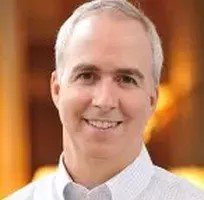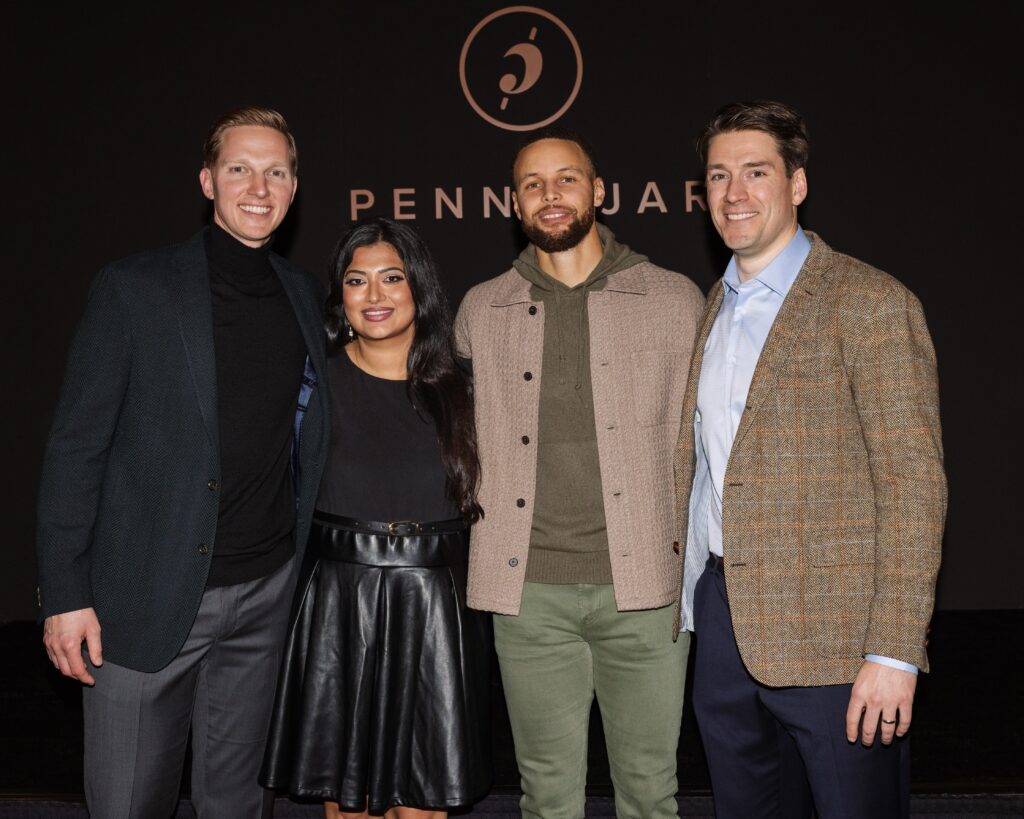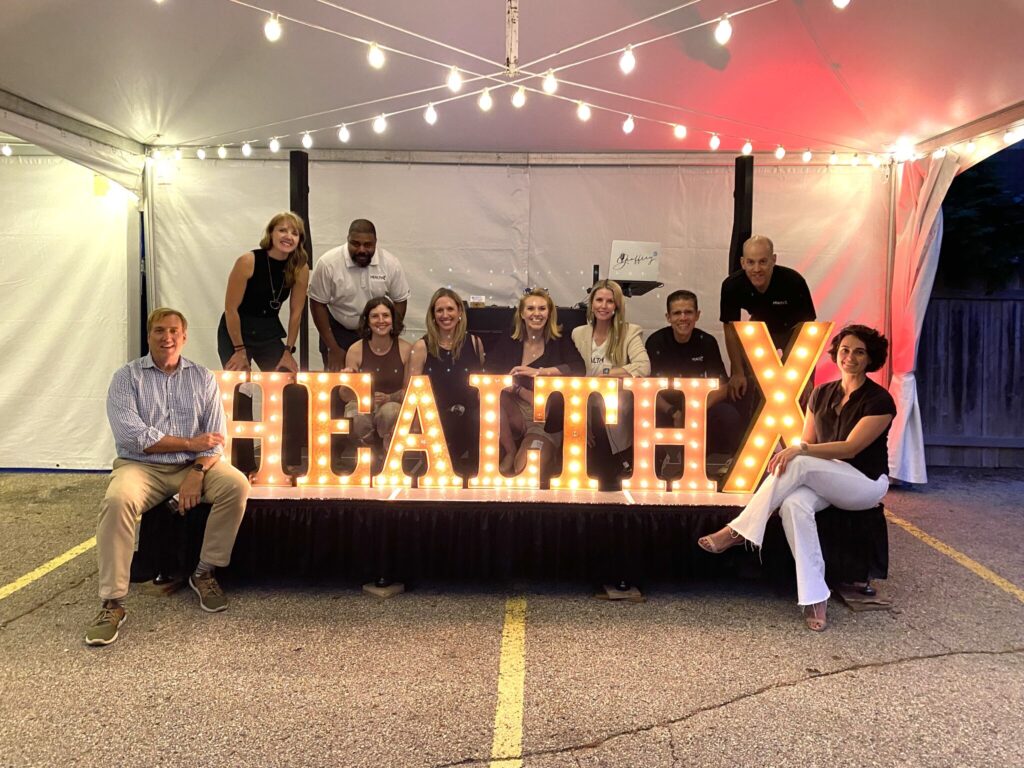![Anzu logo[4]](https://nvngia.com/wp-content/uploads/2023/10/Anzu-logo4.png)
5 Questions with David Michael at Anzu Partners
10.20.2023Anzu Partners, with offices on both coasts, has an eye on the technologies that will define our future. Their approach has them steeped in groundbreaking technologies that already have some traction going for them.
We had the opportunity to sit down with David Anzu for our “5 Questions with…” series.

Q: Tell us a bit about Anzu?
DM: We focus on finding and developing breakthrough technologies that enable the industries of tomorrow. When we look at companies, we ask ourselves “Is it a breakthrough? Does it enable and shape an important industry of the future?”
Most of our companies come from major research universities either immediately or have spun out of that university earlier and are ready to raise more significant capital.
Typically, these companies have benefited from government funding and sometimes corporate funding prior to when we invest. We don’t invest in something that will take 50 years to develop and is very speculative. Rather, we look for things that are actually more de-risked and more mature than one might have realized but happens to be in a scientific domain or a technical area that has attracted less investor interest historically. So, although we say we’re looking at breakthrough technologies we’re not looking at long term speculative science experiments.
EnCharge AI, one of our portfolio companies we’re very excited about came out of Princeton University. It is a new architecture for an AI processor semiconductor. The research work for the company was funded by the U.S. government at Princeton over a period of years before the senior faculty member spun it out into a company. We were the partner of choice to work with that professor in the spinout process. So, it’s an example of a of a technology that was surprisingly well developed because it had been emerging within the university lab for a number of years and was at the prototype stage already so you could see it and test it and evaluate it. It wasn’t just an idea, but the outlines of a product being formed and there was already a very capable team assembled. It also addresses a very big market of tomorrow. Large language models like ChatGPT, visual image processing and autonomous vehicle navigation all require artificial intelligence which draws a lot of energy. One of the big value propositions of EnCharge AI is a dramatic reduction in the amount of electricity required for a given amount of computation so this would have a very positive environmental and energy consumption impact. Their technology delivers 20 times better performance per watt so that’s essentially 20 times more efficient energy savings from their architecture.
EnCharge AI speaks to the kind of companies that we invest in – ones that really make a difference or really matter to prosperity and sustainability for the planet and that motivates us quite a lot.
Q: Why are you a good fit for NVNG?
DM: We like the engagement that NVNG has with the ecosystem around the Upper Midwest and their links to the university network. We appreciate that they are themselves an entrepreneurial team and pioneering something new in the same way that we have in our own DNA.
The connectivity and networking that NVNG can help us with is tremendous and they’re quite accessible and work to help the firms that they invest in, so we appreciate that collaboration.
Q: What’s your take on the Midwestern venture ecosystem?
DM: I was born and raised in St. Louis, so I do have a deep sense of the Midwest. In terms of the venture ecosystem, I think it is still underserved by national and global firms and the right technical depth in certain areas. You need those kinds of firms to help technologies and companies fully develop.
I think the regional ecosystems only take you so far. The region-specific venture firms tend to be either networks of local angel investors or regional firms of a certain size. And in the current economic environment for venture capital, it’s even more difficult for those local firms to raise new funds going forward. So, I would say local venture ecosystems in the current environment are at risk as interest rates have gone up, driving up the cost of capital. There’s less money being allocated to venture and so it’s more difficult for a regional venture player to raise enough capital to make their economics work. Therefore, you need to complement that ecosystem with players on a national level who also have an interest in the innovation that’s taking place in in any given region.
Q: What trends are you seeing in funding right now?
DM: There are mixed currents at the moment. On the one hand there’s less capital flowing into venture in general but on the other hand we’ve seen that our individual companies by and large have been successful raising money in the past year. And, of course, our own fund was successfully closed so I would say that we are encouraged that the themes that we’ve invested in have translated into companies that themselves are able to continue to raise capital. I think another challenge for the venture ecosystem generally is interest rates are high and IPO markets that have only started to reopen a little bit. It’s a challenging environment for IPOs and for low market cap publicly traded companies – those are the things that the industry is concerned about.
Q: What are you proud of?
DM: We’re proud of the impact that our companies may ultimately achieve whether it’s impact in clean tech and energy transition or in the life sciences and in human health. That’s a big motivator of just impact and then I think the other big motivator is just the intellectual stimulation of the really cool science and technologies that we’re working with and often by definition we are working with the world’s leading pioneers in those particular areas so we’re always dealing with world class scientists and engineers and we’re helping them achieve things which they couldn’t do without this type of help.


